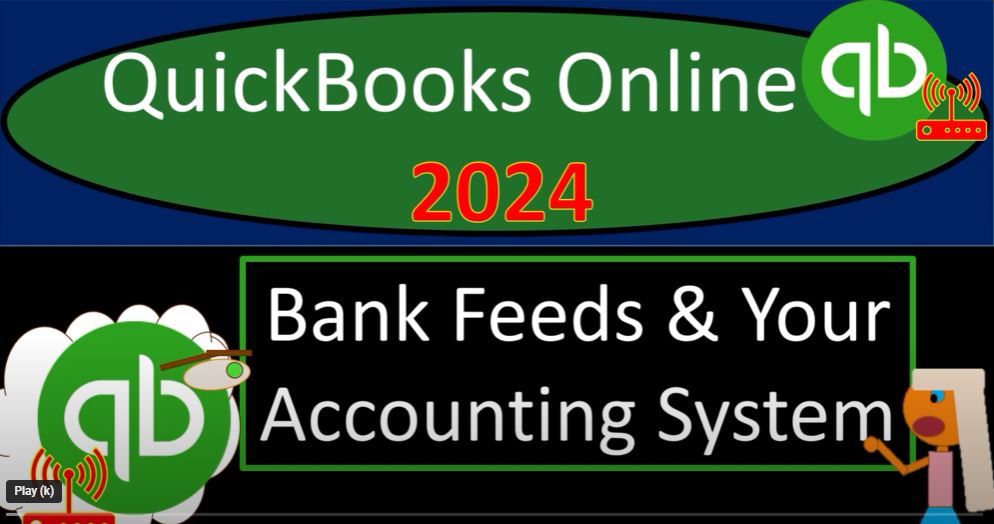Welcome to the world of QuickBooks Online 2024, where we’ll explore the intricacies of bank feeds and seamlessly integrate them into your accounting system. Join us on this journey to Cloud Nine as we delve into the QuickBooks Online test drive, the primary tool for the first part of our course.
Setting Up QuickBooks Online:
- Open your browser and navigate to intuit.com to access QuickBooks Online.
- Choose the United States version and complete the verification process.
- Duplicate tabs to organize major financial statement reports for efficient navigation.
Understanding Bank Feeds: In the previous session, we touched on navigation and briefly introduced bank feeds. Today, we’ll discuss the complexities and considerations when incorporating bank feeds into your accounting system.
Bank Feed Limbo: Bank feeds act as a vital connection between QuickBooks and your bank, providing a stream of cash flow data. However, it’s essential to understand that the information from the bank may not be sufficient to create accurate financial statements.
Challenges with Bank Feeds:
- Deposits may lack detailed information, requiring additional input for proper recording.
- Checks and online transfers offer varying levels of information, impacting the ease of integration.
- Timing differences between check writing and clearing dates can complicate the process.
- Bank feeds primarily capture increases and decreases in the checking account, necessitating further details for accurate recording.
Preparing for Bank Feeds: Before jumping into the bank feeds section, it’s crucial to grasp the intricacies of your accounting system. The decision to prioritize bank feeds or other features depends on your specific business needs and industry practices.
Factors Affecting Bank Feed Ease:
- Revenue Cycle:
- Easiest: Gig work platforms with direct electronic transfers.
- More Complex: Accrual-based systems requiring invoicing before payment.
- Expense Cycle:
- Easiest: Cash-based systems with electronic transfers or credit cards.
- More Complex: Accrual-based systems involving bill entry and payment.
- Inventory Management:
- Simpler without inventory tracking; challenges arise with inventory-based businesses.
- Payroll Integration:
- Adds complexity, especially with accrual components and third-party payroll providers.
Conclusion: Bank feeds in QuickBooks Online offer a powerful tool for streamlined accounting processes. However, the key lies in understanding your specific business model and accounting cycle. By gaining a solid foundation in bookkeeping, you’ll be better equipped to leverage the advantages of bank feeds effectively.
Stay tuned for our upcoming section on bank feeds, where we’ll dive deeper into the mechanics, rules, and strategies to maximize their benefits in your QuickBooks Online experience.

